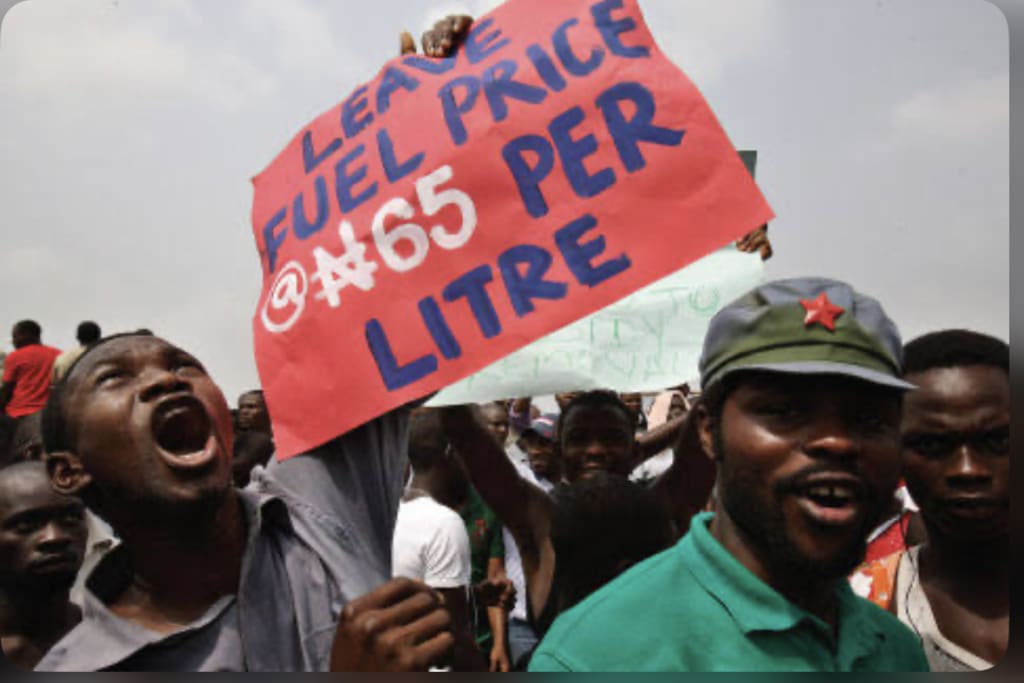political considerations and challenges in reforming fuel subsidies
Navigating the Complexities of Fuel Subsidy Reforms: Addressing Political Factors and Overcoming Challenges

1. Public Resistance: Fuel subsidies are often popular among the general public because they result in lower fuel prices, benefiting consumers and businesses. When governments attempt to reduce or remove these subsidies, there is often strong resistance from citizens who fear higher energy costs and the impact on their daily lives.
2. Political Economy Dynamics: In some cases, fuel subsidies may serve as a way for governments to maintain political support and stability. Subsidized fuel prices can be seen as a form of social protection and a means to address income inequality. However, in the long term, the economic consequences of these subsidies can lead to budgetary strain and inefficiencies in the energy sector.
3. Timing and Sequencing: Deciding when and how to implement fuel subsidy reforms is crucial. Abrupt and poorly planned changes can lead to public unrest, especially if alternative support systems for vulnerable groups are not in place. Governments may need to carefully design and phase-in reforms to minimize adverse effects.
4. Identification of Beneficiaries: Ensuring that fuel subsidies reach the intended beneficiaries is a challenge. Often, higher-income groups benefit disproportionately from fuel subsidies due to their higher consumption levels. Targeting subsidies to lower-income households can be a complex administrative task.
5. Interests of Industry and Lobbying: Some industries, such as transportation and manufacturing, may heavily rely on subsidized fuel prices. These industries may actively lobby against subsidy reforms to protect their economic interests, creating additional political barriers.
6. Budgetary Impact: Fuel subsidies can be a significant drain on a country's budget, leading to fiscal deficits. Reallocating funds from subsidy reduction to other important sectors like education, healthcare, or infrastructure may face resistance from those accustomed to receiving the subsidies.
7. Corruption and Leakages: In some cases, fuel subsidies may be vulnerable to corruption and leakages, with subsidized fuel being diverted to the black market or neighboring countries where it can be sold at higher prices. Reform efforts may face challenges in addressing such leakages.
8. Communication and Public Awareness: Effective communication with the public about the need for subsidy reforms, the potential benefits, and the intended support mechanisms for vulnerable groups is vital. Governments need to build public understanding and support for the reforms.
Despite these challenges, fuel subsidy reforms can lead to more sustainable and equitable energy policies. To navigate these challenges successfully, governments may need to engage in extensive stakeholder consultations, consider gradual reforms, and implement complementary policies that protect vulnerable populations and encourage the adoption of more sustainable energy alternatives. International organizations like the IMF and the World Bank often play a role in providing advice and technical assistance to countries seeking to reform their fuel subsidies.
1. Understanding Diverse Approaches: Different countries implement fuel subsidy policies in various ways. Some nations may provide direct subsidies to consumers, reducing the price of fuel at the pump. Others might subsidize fuel production or distribution, effectively lowering costs for consumers indirectly. By studying these diverse approaches, analysts can learn about the advantages and disadvantages of each method.
2. Policy Objectives: Each country may have different reasons for implementing fuel subsidies, such as supporting low-income populations, promoting social welfare, or maintaining political stability. Understanding the policy objectives can shed light on how various factors, such as economic conditions, energy demand, and political considerations, influence subsidy decisions.
3. Impact on Government Budgets: The fiscal burden of fuel subsidies can vary significantly between countries. Comparing the financial cost of fuel subsidies relative to each country's GDP or government budget can provide valuable insights into the economic sustainability of such policies.
4. Environmental Consequences: Different fuel subsidy models may have varying impacts on the environment. Some countries may subsidize fossil fuels extensively, leading to higher consumption and increased carbon emissions. Comparing these outcomes can help understand the link between fuel subsidies and environmental challenges like climate change and air pollution.
5. Targeting Mechanisms: Examining how countries target their fuel subsidies is essential to understand their effectiveness in reaching the intended beneficiaries. Some nations may employ means-tested approaches or use cash transfers to better target the subsidies, while others may adopt universal subsidy systems.
6. Reform Experiences: Comparing countries that have undergone fuel subsidy reforms can reveal valuable lessons and best practices. Successful cases can offer insights into how to design effective reform strategies, mitigate potential negative consequences, and gain public support.
7. Energy Market Implications: Fuel subsidies can have significant effects on a country's energy market and its relationships with energy suppliers and neighboring countries. By studying international comparisons, one can understand the broader implications on the global energy landscape and trade dynamics.
8. Political and Social Considerations: Exploring the political and social dynamics surrounding fuel subsidy policies in different countries can help researchers and policymakers understand the challenges and opportunities for successful policy implementation.
Overall, international comparisons of fuel subsidy policies provide a valuable learning opportunity by enabling a comprehensive assessment of different approaches, their impacts, and the lessons that can be drawn from various countries' experiences. By examining the successes and failures of different models, policymakers can make more informed decisions when designing, modifying, or phasing out fuel subsidy programs in their own countries.





Comments
There are no comments for this story
Be the first to respond and start the conversation.